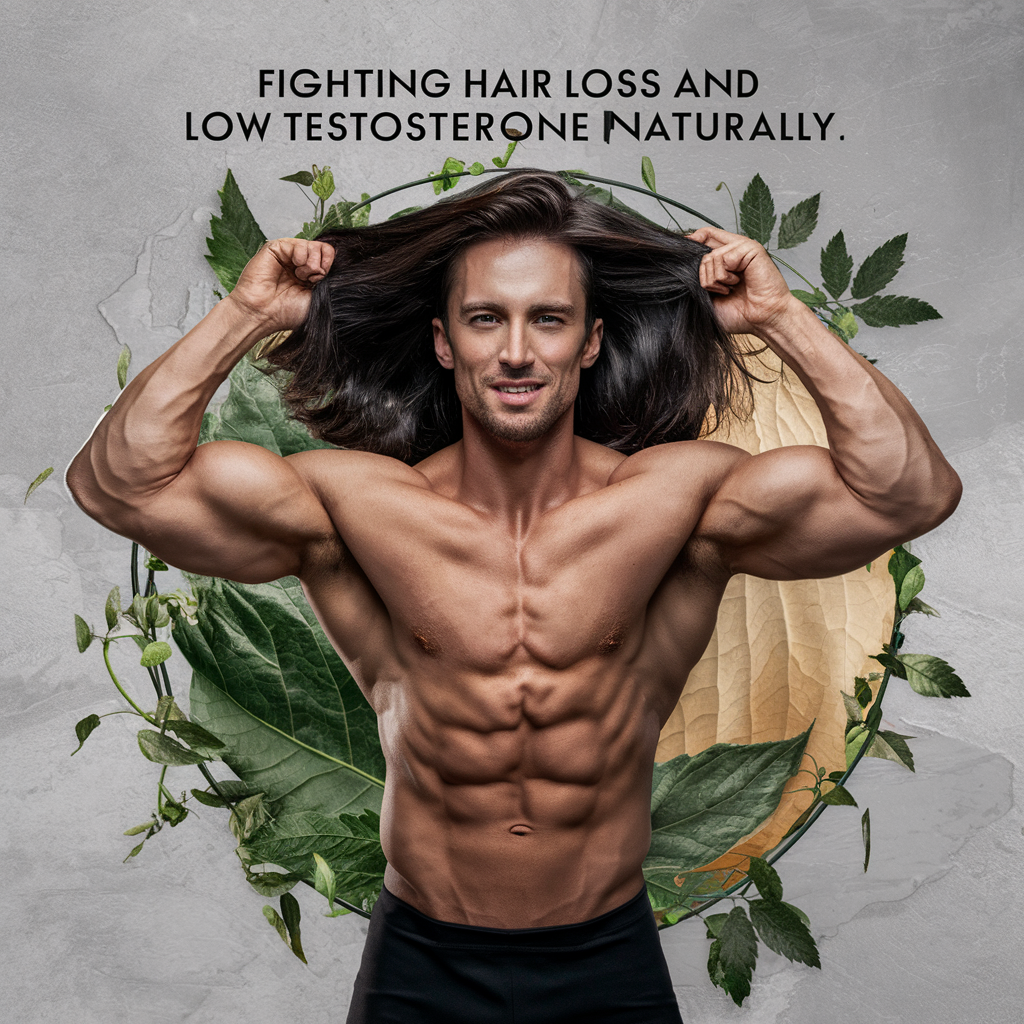
Hair Loss and Low Testosterone: The Hidden Link Men Need to Know
Let’s face it, guys: losing your hair can feel like losing a part of your identity. And if you’re anything like me, you’ve probably stared at your thinning hairline in the mirror, wondering what the heck is going on. But here’s the deal—there could be a deeper issue at play, and it might be low testosterone.
I know, I know—when you hear “low testosterone,” you probably think of muscle loss or a dip in energy. But hair loss? Yup, it turns out that hair loss and low testosterone are closer buddies than you might think. Stick around, and I’ll break it all down for you.
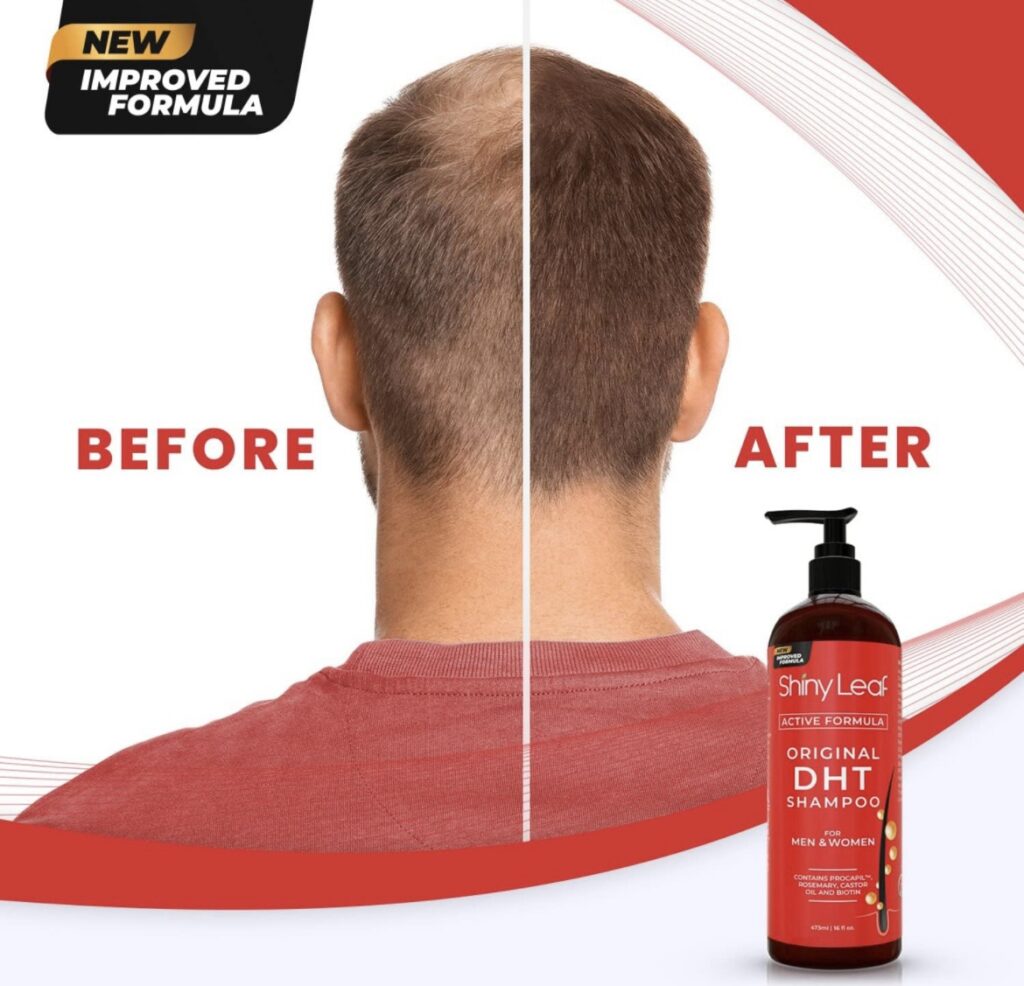
How Hair Loss and Low Testosterone Are Connected
So, what’s the connection between your testosterone levels and that thinning hair on top? It’s all about DHT—short for dihydrotestosterone, which is made from testosterone. DHT is a key player when it comes to male pattern baldness (the bane of many of our existences). Basically, when testosterone converts to DHT, it can shrink the hair follicles on your scalp. As your follicles get smaller, the hair grows thinner and eventually stops growing altogether.
It’s not like you wake up one day and—bam!—your hair is gone. The process is slow and frustrating. But the real kicker? Low testosterone can speed things up by causing higher DHT levels. Not exactly what you want, right?
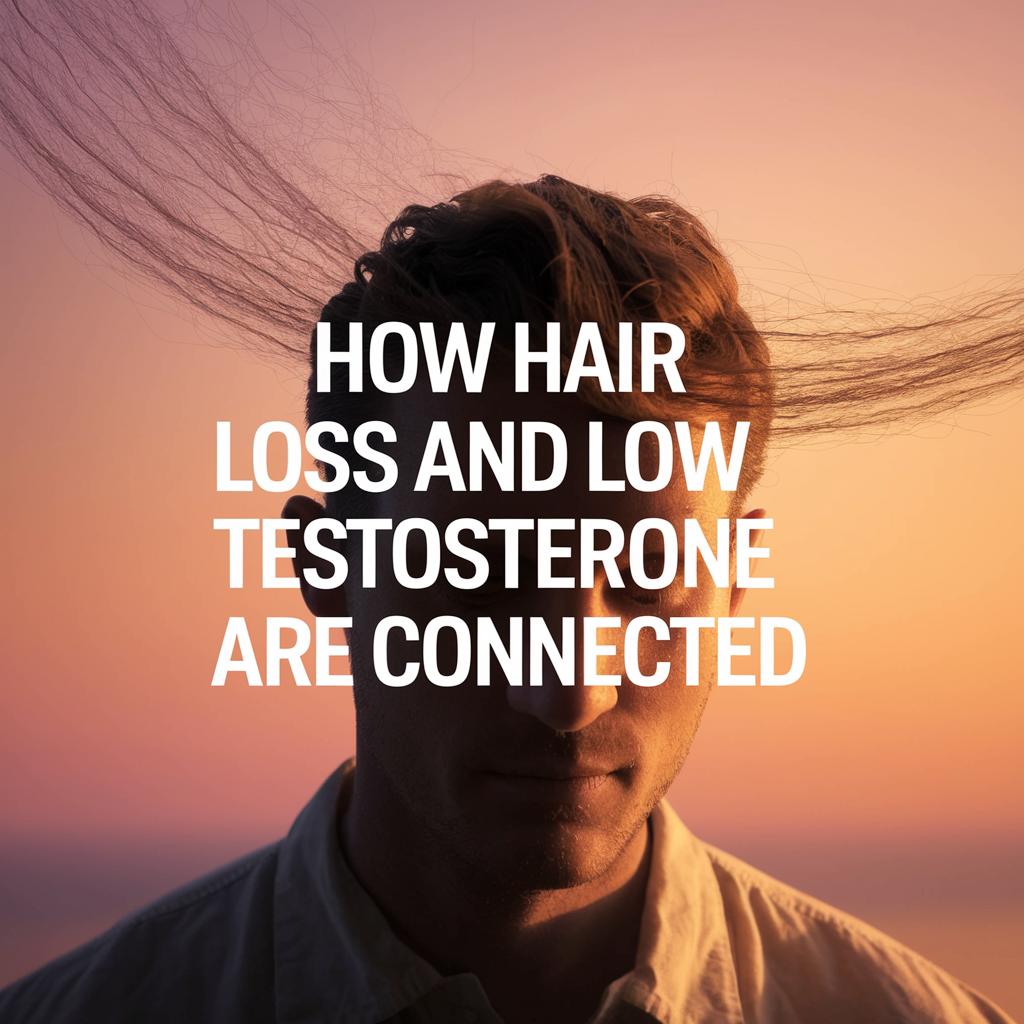
That’s why I started using a DHT Blocker Shampoo and Conditioner. It’s packed with natural ingredients like biotin and rosemary leaf oil that work to block DHT and keep those hair follicles as healthy as possible. I noticed a difference after just a few weeks—my hair stopped shedding as much, and it actually started looking thicker. Seriously, this DHT Blocker Shampoo and Conditioner has been a game changer for me.
By cutting down on the amount of DHT attacking your hair follicles, you’re giving your scalp a fighting chance to hold onto what you’ve got—and maybe even regrow a little. You won’t be growing back your 20-year-old hair overnight, but trust me, it’s better than watching it slowly vanish!
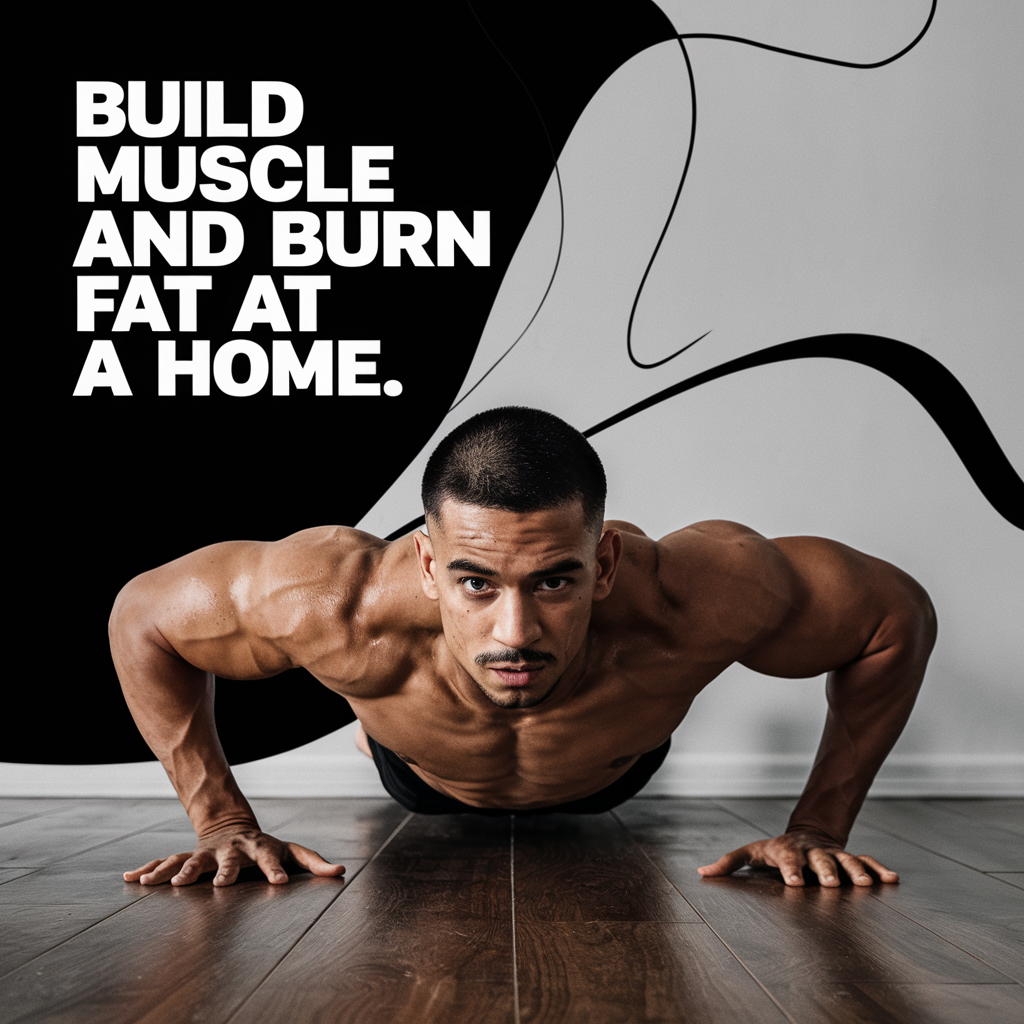
Can Low Testosterone Cause Hair Loss in Men?
Alright, so we’ve all heard that low testosterone can mess with your mood, energy levels, and even your muscle gains. But can low testosterone really be behind your hair falling out too? Absolutely. When your testosterone levels drop, it often leads to an increase in DHT, that pesky hormone I mentioned earlier. And when DHT goes unchecked, it can wreak havoc on your hair.
Low testosterone doesn’t mean you’re going to wake up bald tomorrow, but it’s definitely one of the factors that speeds up the hair loss process. So, if you’re noticing a receding hairline or thinning on the crown of your head, it might not just be genetics—you could be dealing with low T as well.
Now, here’s where things get interesting. I was hesitant at first, but I decided to give the DHT Blocker Shampoo and Conditioner a shot. It’s designed to help men like us block DHT and preserve the hair we’ve got left. Plus, with natural ingredients like rosemary leaf oil and biotin, you’re not just fighting hair loss—you’re actually promoting healthy hair growth. If you haven’t tried it yet, seriously, check it out. It’s one of the easiest things you can do to slow down hair loss caused by low testosterone.
It’s not just about slowing down hair loss, though. When you start using products that block DHT, you’re getting proactive about the whole situation. Because let’s face it—waiting around and hoping your hair sticks around isn’t exactly a solid plan.
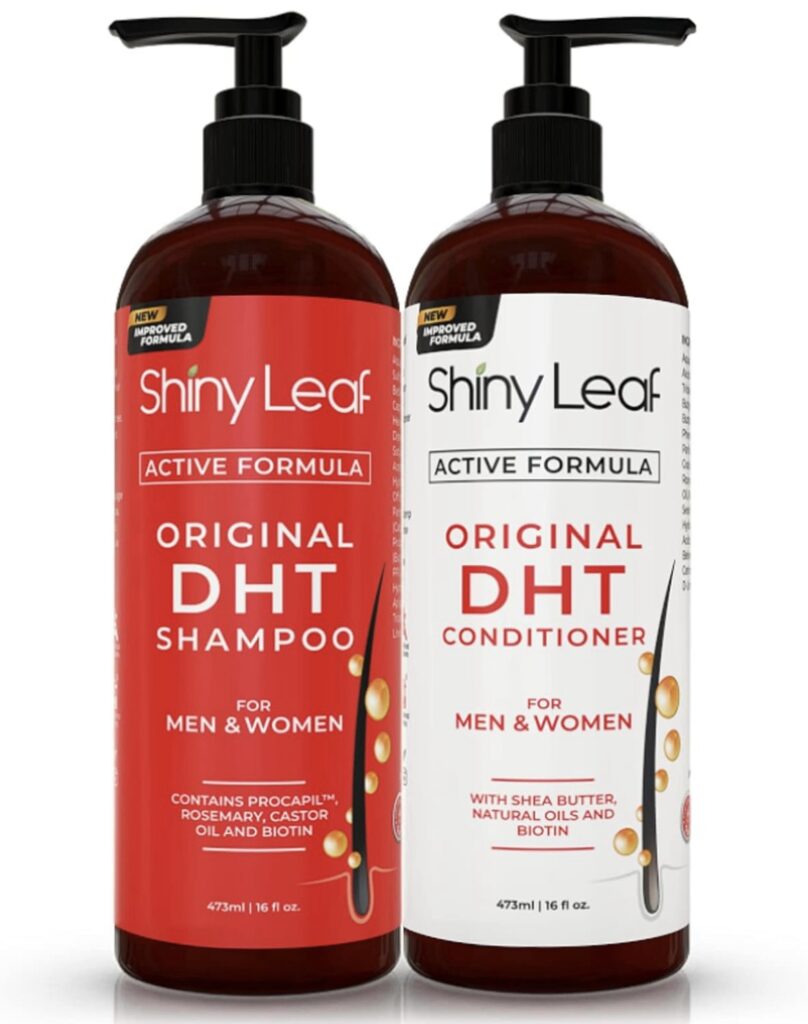
Does Hair Grow Back After Low Testosterone?
This is the million-dollar question, right? Once your testosterone levels drop and the hair starts thinning, can it actually grow back? Well, here’s the thing—low testosterone can definitely contribute to hair loss, but whether or not your hair grows back depends on a few factors.
First off, if your hair loss is in the early stages and linked to low T, getting your testosterone levels back in check might help slow down or even reverse some of that hair loss. But if you’ve already lost a significant amount of hair, especially if those follicles have been inactive for a while, it might be tougher to regrow it naturally.
Now, here’s the good news: taking action early can make a difference. That’s why using something like the DHT Blocker Shampoo and Conditioner is a smart move. It helps block DHT (the hair follicle assassin) from doing more damage, and the biotin and other hair-healthy ingredients in the shampoo promote growth in areas where your follicles are still active.
In my experience, while I wasn’t seeing a full-on lion’s mane regrowth, I definitely noticed less shedding and a thicker, healthier look after using the DHT Blocker Shampoo and Conditioner regularly. So, while it might not bring back every hair you’ve ever lost, it can certainly help hold onto what’s left and make what you’ve got look better.
If you’re serious about making some lifestyle changes alongside treating your hair loss, it’s worth incorporating some exercises to help boost your testosterone naturally. The 20 Day Calisthenic Challenge is a solid way to start building muscle and burning fat right at home. And hey, feeling stronger can only help with your confidence as you fight hair loss.
Bottom line: If low testosterone is the culprit, there’s a chance you can slow down hair loss and, in some cases, regrow a little. But you’ve got to act fast and give your scalp the support it needs. Start by trying the DHT Blocker Shampoo and Conditioner, and maybe even look into that calisthenic challenge to give your body a natural boost!

How Does a Man Feel with Low Testosterone?
Let’s get real—when your testosterone levels are low, you don’t just feel it in your hairline. It can affect pretty much every part of your life, and not in a good way. If you’ve ever found yourself more tired than usual, moody for no apparent reason, or just not feeling like yourself, low testosterone could be the sneaky culprit.
For starters, you might feel like you’ve lost your edge. You know, that energy and drive that makes you want to tackle the day. Low testosterone can drain that right out of you. It’s not just about physical tiredness, either. Low T can mess with your mental sharpness too. Concentration goes down, and forgetfulness starts creeping in. I mean, how many times can you misplace your keys before you start wondering what’s going on?
And then there’s the muscle thing. Even if you’ve been hitting the gym, low testosterone can make it feel like all your hard work is going down the drain. You’re not building muscle like you used to, and your recovery time feels like it’s doubled. That’s why I like to mix in simple routines like the 20 Day Calisthenic Challenge to keep myself active, without feeling like I’m pushing too hard.
Emotionally, low testosterone can really play with your mood. Some days, you might feel irritable, anxious, or even a bit depressed. It’s like there’s a cloud hanging over you that just won’t go away. And trust me, if your hair’s falling out on top of that, it’s not exactly boosting your mood!
Here’s the good news: tackling the hair loss and some of the other symptoms of low testosterone doesn’t have to be complicated. For your hair, using the DHT Blocker Shampoo and Conditioner is a great place to start. You’ll also want to look into making some overall lifestyle changes. Start by eating better, getting more sleep (which can feel impossible with insomnia, I know), and exercising.
And don’t worry, getting your testosterone levels back up doesn’t mean you need to overhaul your life overnight. Small changes, like working out more or tweaking your diet, can make a big difference. In fact, I even started grilling more meals at home with a Foreman Electric Grill. It’s easy, quick, and helps me make healthier choices. Plus, let’s be honest, who doesn’t love a good grilled meal?
So, how does a man feel with low testosterone? Like you’re dragging—both physically and emotionally. But there are steps you can take to feel better, starting with that DHT Blocker Shampoo and Conditioner to get your hair in check, and slowly working on boosting those testosterone levels naturally.
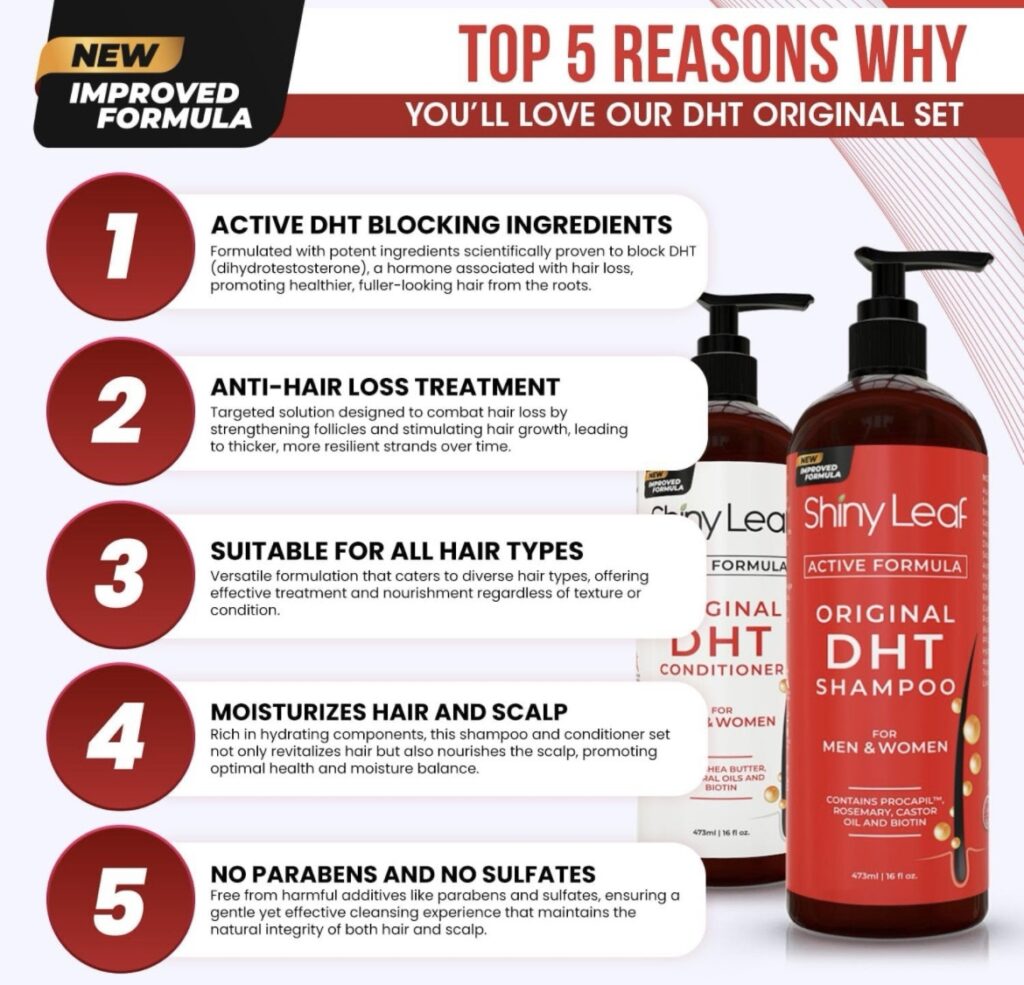
Testosterone Replacement Therapy (TRT) and Its Effect on Hair Loss
So, maybe you’ve heard about testosterone replacement therapy (TRT) as a way to boost low testosterone levels. Sounds like a miracle fix, right? Pump a little testosterone back into the system, and everything’s good to go. Well, not so fast. TRT can definitely help with some of the symptoms of low testosterone, like fatigue, muscle loss, and mood swings, but it can also come with a catch when it comes to hair loss.
Here’s the deal: TRT can actually cause an increase in DHT levels. Remember that pesky hormone we talked about earlier—the one responsible for shrinking your hair follicles? Yeah, TRT can ramp up the production of DHT, which might speed up hair loss if you’re already prone to it. So, while you might feel better in some ways, your hairline could keep creeping backward. Not exactly what you’re hoping for.
That doesn’t mean TRT is a bad option, though. If your testosterone is super low and you’re dealing with more than just hair loss, it might be worth considering. But if hair loss is a big concern, you’ll want to keep an eye on it. You can still manage hair loss even if you’re on TRT, but it’ll require a bit of a balancing act. Combining TRT with a healthy lifestyle, regular exercise, and the right hair care approach can help you fight off some of the unwanted side effects like hair thinning.
If you’re looking for ways to boost your testosterone without jumping straight into TRT, keeping active is key. Check out the 20 Day Calisthenic Challenge for a routine you can do at home to stay in shape and potentially give your testosterone a natural boost.
TRT might be a great way to address the bigger symptoms of low testosterone, but just keep in mind that while it helps in some areas, it can trigger hair loss in others. It’s all about finding the right balance for what you want to achieve—feeling better overall while keeping an eye on your hairline!
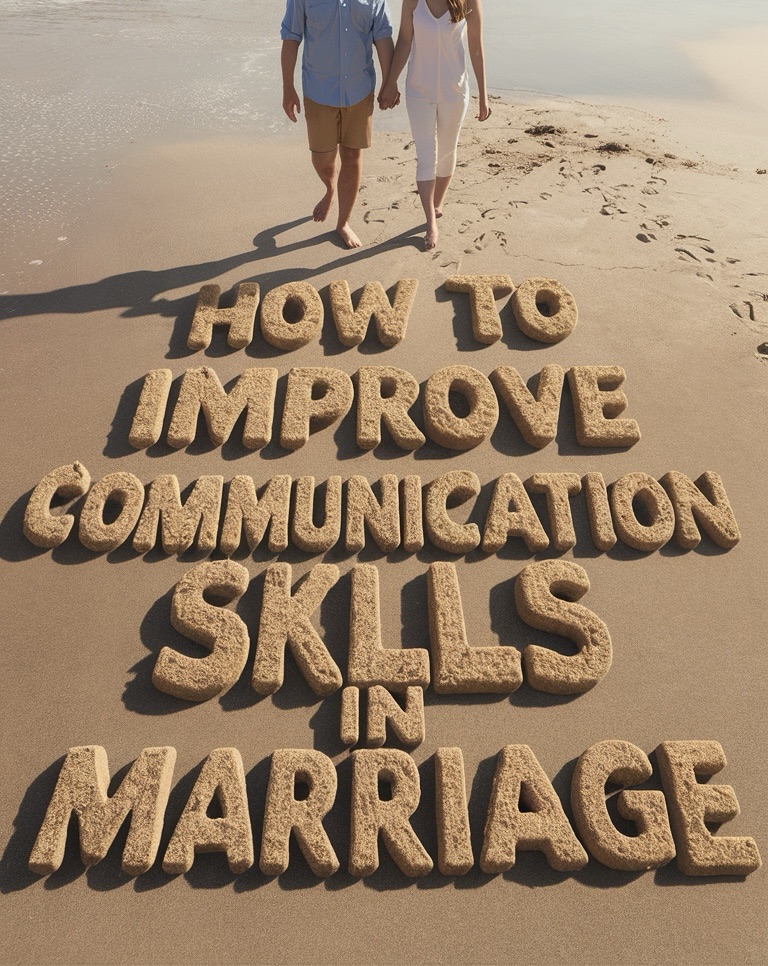
Natural Ways to Combat Hair Loss and Boost Testosterone
If the idea of testosterone replacement therapy (TRT) isn’t your thing, don’t worry—you’ve got plenty of natural options to help combat both hair loss and low testosterone. A lot of guys don’t realize that lifestyle changes can make a huge difference. You don’t have to go full caveman, but small tweaks can go a long way toward helping you feel better and keeping that hair on your head.
First up, let’s talk exercise. Staying active not only boosts your overall health but also helps increase your testosterone levels naturally. The key is consistency. You don’t need to hit the gym like a bodybuilder; even simple home workouts can make a big difference. That’s why routines like the 20 Day Calisthenic Challenge are perfect. They’re easy to follow, don’t require equipment, and are a great way to start building muscle and shedding fat—both of which can naturally boost testosterone.
Diet plays a big role too. If you’re still living off pizza and energy drinks, it’s time to clean things up. Focus on foods rich in zinc, healthy fats, and lean proteins—these are all testosterone-friendly nutrients. Omega-3s, in particular, are your friend here. You can find them in foods like salmon, flaxseeds, and walnuts. Even adding more leafy greens, like spinach, can help. Eating well doesn’t have to be complicated—sometimes, grilling up a healthy steak or some fish at home is all you need. If you want to make the process even easier, check out the Foreman Electric Grill. It’s been a lifesaver for me when I want a quick, healthy meal.
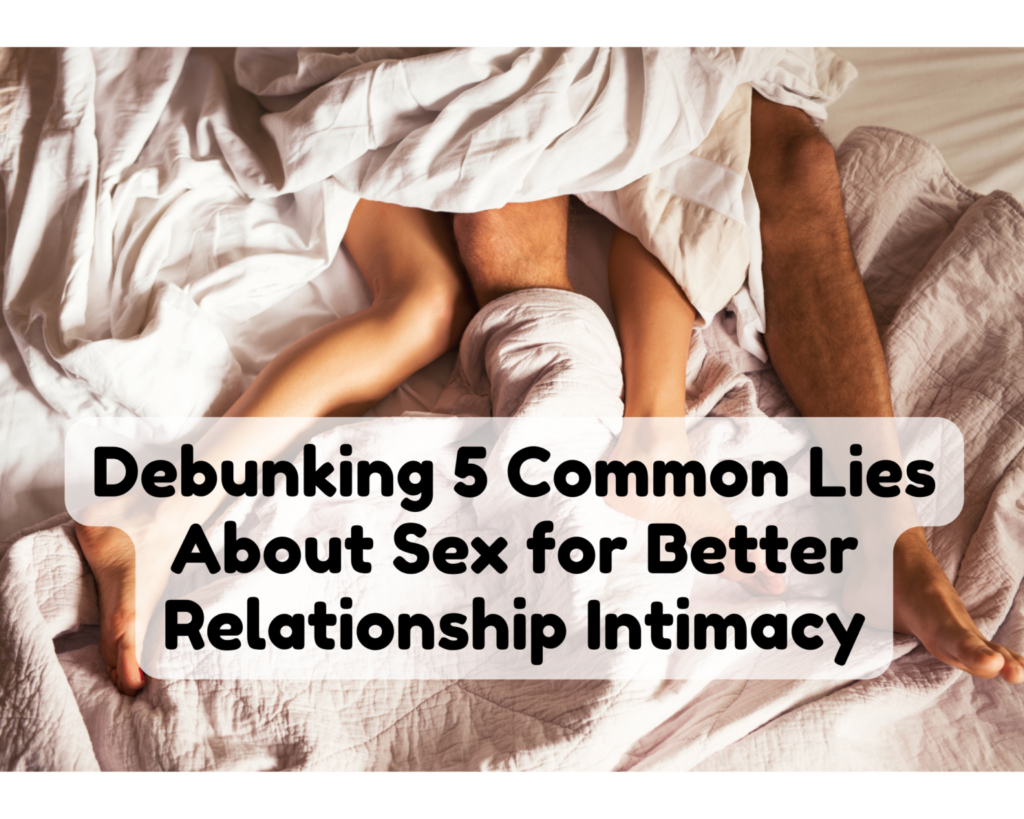
Let’s not forget about sleep. I know, it’s tough when insomnia’s in the mix, but poor sleep can tank your testosterone levels. Aim for at least 7-8 hours a night, and if you can, establish a routine that helps you wind down. A consistent sleep schedule helps your body regulate hormones better, which in turn can improve your testosterone levels.
Finally, you’ll want to get serious about stress management. Chronic stress raises cortisol levels, and guess what? High cortisol can directly lower your testosterone. Find ways to relax, whether that’s through meditation, hobbies, or just taking time to chill out. Anything that brings your stress levels down will help you on the testosterone front.
So, the takeaway here? Making natural changes to your routine can help you not only maintain healthy testosterone levels but also slow down hair loss. The right combo of exercise, diet, sleep, and stress management can make a world of difference. You don’t have to overhaul your life overnight, but small steps will add up over time, and before you know it, you’ll be feeling better—and hopefully seeing fewer hairs in the sink!
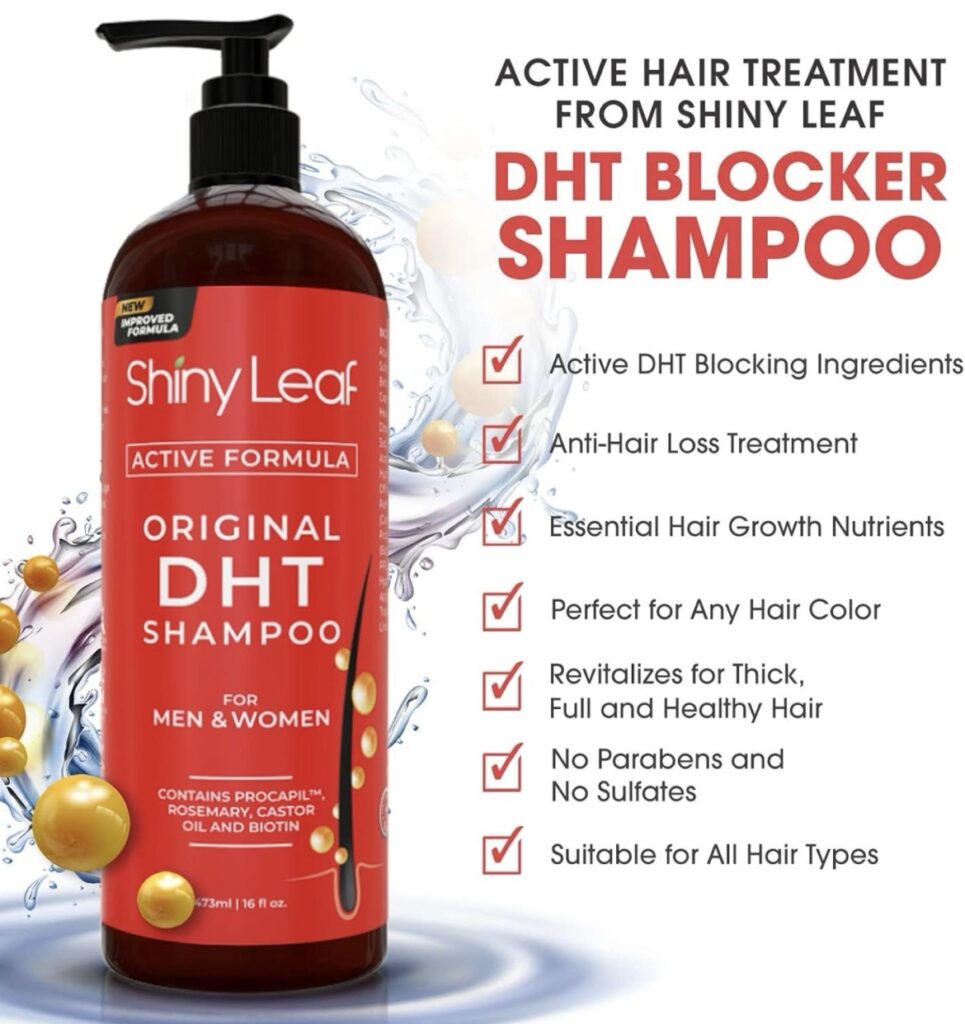
Top Hair Loss Treatments That Address Low Testosterone
When it comes to treating hair loss tied to low testosterone, it can feel like a bit of a juggling act. You want to boost your T levels, but you also don’t want to watch your hairline fade away. Luckily, there are several treatment options that can help you tackle both issues, and you don’t have to go overboard with medications or surgeries.
- DHT Blockers
These are your frontline defense against hair loss caused by low testosterone. Since DHT (dihydrotestosterone) is the main culprit that shrinks your hair follicles, blocking it can help keep the hair you have. Products that block DHT, like the DHT Blocker Shampoo and Conditioner I’ve been using, can slow down the process. While it won’t magically regrow a full head of hair, it does help prevent further thinning. Plus, using a shampoo and conditioner with biotin and natural oils can support the overall health of your hair, making it look fuller and stronger. - Finasteride (Propecia)
This is a prescription medication specifically designed to reduce DHT levels in your body. It’s pretty effective at slowing hair loss, but the catch is that you’ll need to keep taking it to maintain results. For some guys, finasteride works wonders, but it does come with potential side effects, like lowered libido or other hormonal issues. It’s worth talking to your doctor if you’re considering this route, especially if you’re already dealing with low T. - Minoxidil (Rogaine)
Minoxidil is one of the most common over-the-counter treatments for hair loss. It works by increasing blood flow to your hair follicles, promoting growth. While it doesn’t address the hormonal side of things (it won’t stop DHT from doing its thing), it can help regrow hair in thinning areas. A lot of guys use this in combination with DHT blockers for a one-two punch. - Testosterone Boosters
While TRT (testosterone replacement therapy) is one option for boosting testosterone levels, there are also natural supplements designed to help your body produce more testosterone. These usually include ingredients like zinc, magnesium, and herbal extracts that have been shown to support healthy testosterone levels. Just be careful with supplements—make sure you’re buying from reputable sources, and remember that not all supplements are created equal. - Lifestyle Changes
It might sound basic, but we’ve already talked about how improving your diet, exercising regularly, and managing stress can have a huge impact on both your testosterone levels and your hair. If you’re looking for an all-in-one approach that’s good for both your body and your hair, starting with lifestyle changes is a solid way to go. If you need some inspiration, consider taking on the 20 Day Calisthenic Challenge to get moving and support your testosterone naturally. - Low-Level Laser Therapy (LLLT)
This is a more high-tech option that’s been gaining popularity. LLLT uses lasers or light therapy to stimulate hair follicles and promote growth. It’s non-invasive and can be done at home with devices like laser combs or caps. While it’s not going to stop DHT from wreaking havoc, it’s another tool that can support hair regrowth alongside your other treatments.
Choosing the right treatment really depends on how much hair loss you’re dealing with and whether or not you’re seeing other symptoms of low testosterone. If hair loss is mild and you’re noticing other signs of low T (like fatigue or mood changes), starting with natural options like DHT blockers and lifestyle changes can be a great first step. But if things are more advanced, it might be time to look into prescription treatments or even have a chat with your doctor about TRT.
No matter what route you take, addressing hair loss early gives you the best shot at keeping your hair where it belongs—on your head! And while you’re at it, don’t forget to check out the Foreman Electric Grill for making those healthier meals easier to cook. Trust me, grilling up some lean meats and veggies won’t just boost your testosterone, it’ll taste great too!

When to See a Doctor About Hair Loss and Low Testosterone
Alright, so you’ve been noticing that your hair’s thinning out, and maybe you’ve been feeling a little “off” too—low energy, mood swings, or just not feeling like yourself. It’s easy to brush off these things and hope they’ll get better on their own, but sometimes, they’re signals that something bigger might be going on, like low testosterone. So, when’s the right time to throw in the towel and make an appointment with the doc?
If you’re experiencing significant hair loss along with other symptoms of low testosterone—like fatigue, low libido, trouble concentrating, or unexplained weight gain—it’s probably time to see a doctor. Hair loss alone can be frustrating, but when combined with these other symptoms, it could mean your testosterone levels are out of whack.
Here’s the thing: While you can try a few things at home—like using a DHT Blocker Shampoo and Conditioner or getting more exercise to naturally boost your testosterone—sometimes you need professional help to get to the root of the problem. A doctor can run blood tests to check your testosterone levels and see if low T is what’s causing all these issues.
You’ll want to reach out to your doctor if:
- Your hair loss is getting worse despite trying different treatments.
- You’re experiencing multiple symptoms of low testosterone, like fatigue, mood swings, or muscle weakness.
- You’ve tried natural remedies but haven’t seen any improvement after a few months.
- You’re considering testosterone replacement therapy (TRT) but want to know the pros and cons.
Don’t be afraid to have an honest conversation with your doctor. They’ve heard it all before, and it’s their job to help you feel your best—whether that’s helping with hair loss, balancing out your testosterone, or both. They might suggest a more aggressive treatment plan, like medication, or they may encourage you to keep up with natural solutions like exercise and healthy eating. Either way, getting a clear diagnosis is the first step toward figuring out the best plan of action.
And while you’re waiting to see your doc, there’s no harm in continuing with small, positive changes. Keeping up with a solid exercise routine, like the 20 Day Calisthenic Challenge, eating better, and staying on top of your hair care routine can all help slow down the effects of low testosterone and hair loss. Plus, these habits will make you feel better overall, no matter what the diagnosis is.

So, if your hair’s thinning out and you’re dealing with other low testosterone symptoms, don’t wait too long. Seeing a doctor can help you figure out the best course of action and get you back to feeling like yourself again. And hey, in the meantime, take charge of what you can—get some healthy meals going (that Foreman Electric Grill can be your best friend here) and stay active. You’ve got this!
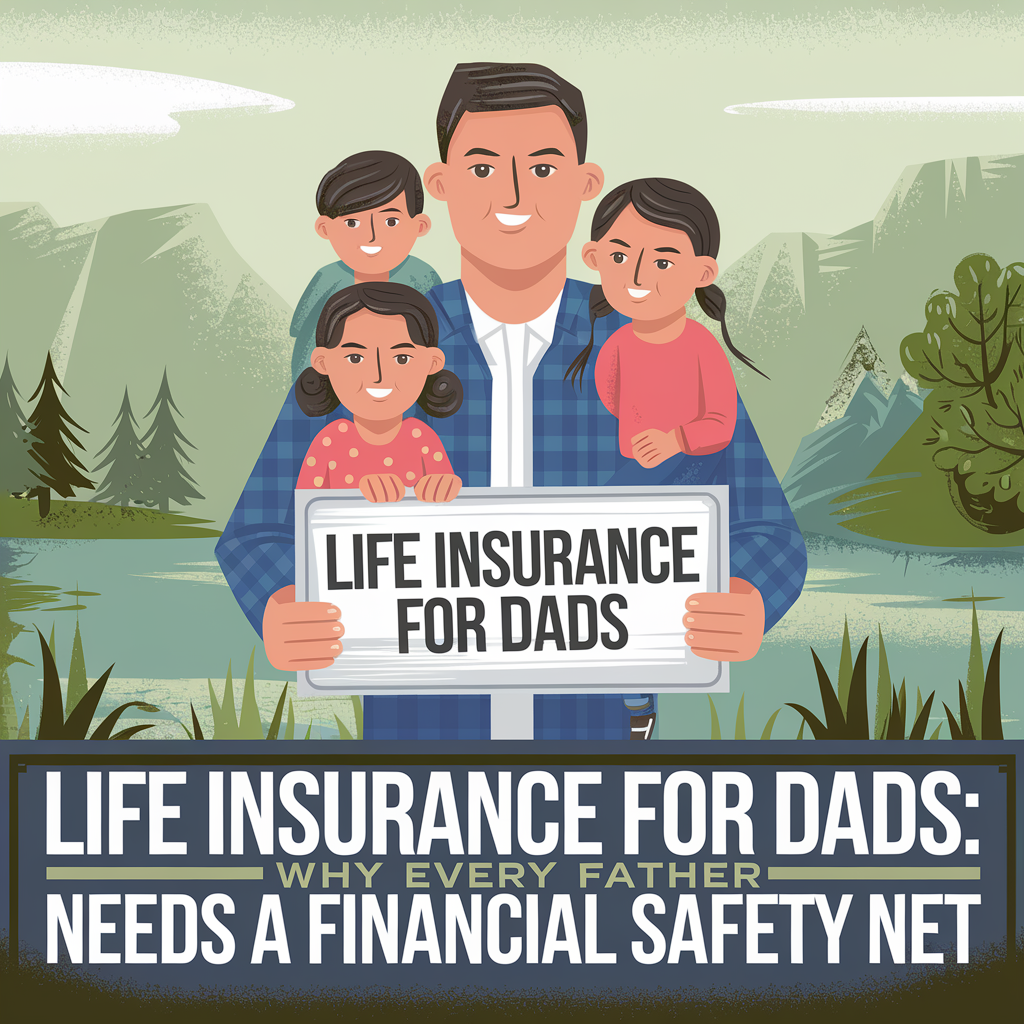
As an Amazon Associate we earn from qualifying purchases through some links in our articles.




